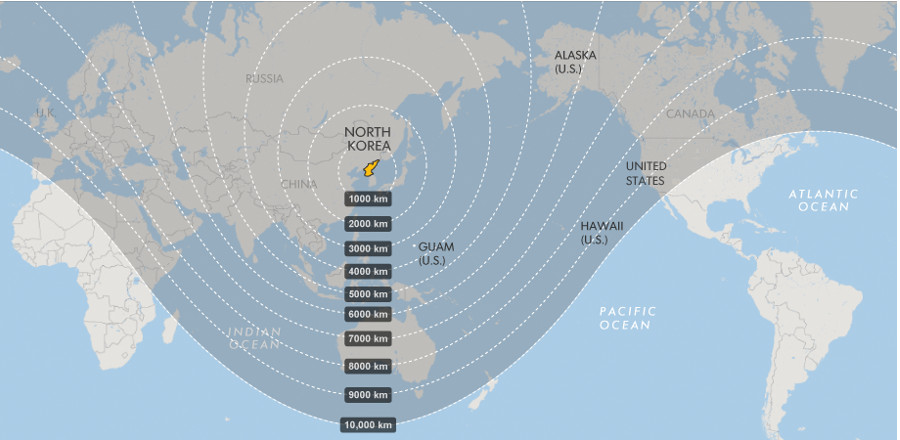The Prime Minister of South Korea Lee Nak-yon warned on Thursday about a possible launching of another North-Korean intercontinental ballistic missile (ICBM) on September 9, as a way to celebrate the 64th anniversary of the North totalitarian regime’s founding.
Lee warned about another missile test very similar to the last one that flew over Japan last month. “There is speculation that there could be an additional provocation of firing an ICBM at a normal angle on (Sept.) 9,” South Prime Minister said. “A special measure is urgently needed to stop their recklessness.”

The first time North Korea successfully performed an ICBM test was in May. They chose to use a “lofted” angle – making the missile fly at high altitude, to descend later not very far from the same place where the missile was fired.
The second one was more likely to look like an actual attack. It flew lower and faster over Japan, making the country to turn even-more alert in front of this North’s threat.
In a meeting of defense ministers, Lee said that “the situation is very grave. It doesn’t seem much time is left before North Korea achieves its complete nuclear armament,” told the prime minister in Seoul on Thursday. “Some believe North Korea may launch another intercontinental ballistic missile (ICBM) on the 9th; this time at an ordinary angle.”
Lee didn’t mention the destination of this possible missile test. However, the North has escalated over the past two times the way that it launches its missiles. Some experts believe that the DPRK might use an average angle this time and that one possible destination might be the U.S. Pacific territory of Guam.
Worldwide responses after North Korea’s nuclear missile tests
Although some experts are agreeing that Kim Jong-un might not finish performing an unprovoked attack, there is not any proof to assure that North Korea will stop making this tests. Rather, the North’s leader said that he would find a nuclear weapon capable of hitting the U.S. as a deterrent against attack, NBC reported.

U.S. Secretary of State, Rex Tillerson, said on Thursday that if North Korea wants a response after a nuclear attack, “there will be one.”
On Thursday morning, both South Korea President Moon Jae-in and Japanese Prime Minister Shinzo Abe met at the Eastern Economic Forum, in Vladivostok, hosted by Russian President Vladimir Putin. Here, Abe and Moon stated that “now is the time to further increase sanctions and pressures against the North as much as possible rather than seeking dialogue,” said Moon’s spokesman Yoon Young-chan.
That same day, China expressed its concerns about the nuclear tests. China, which is the North’s primary trading partner, agreed with the United Nations Security Council about taking actions if the dialogue doesn’t work at all. Chinese officials also said that they do not feel comfortable with the deployment of the Terminal High Altitude Area Defense, or THAAD, because the radar would put their country under surveillance.
Source: NBC
